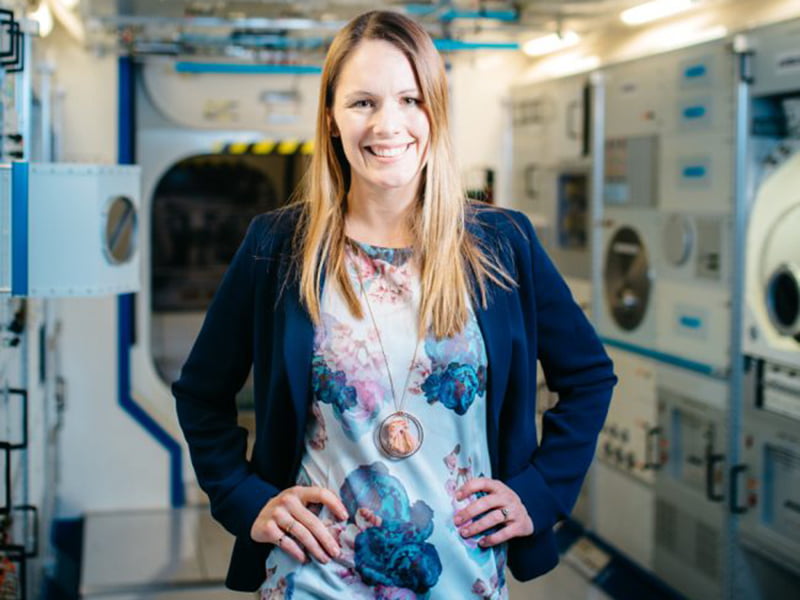The technology developed by Australia’s resources sector to remotely operate mines could enable Australia to become a key player in providing similar services in space, a director from the Australian Space Agency says.
In an online talk to the Australian Academy of Technology & Engineering this week, Australian Space Agency director of space capability Katherine Bennell said the agency was looking at how Australia could leverage its existing industries to help with space missions.

“Our resources sector leads the world in remotely operating facilities and autonomous systems in GPS denied environments, with difficult dust, extreme temperatures and minimal human interaction,” Ms Bennell said.
“Of note, is their remote operations capability for simultaneously managing large complex systems and multiple diverse assets at once like entire mine sites from thousands of kilometres away. And it does this with high levels of operational uptime, safety and process efficiency.”
She said the technical uniqueness of the resources sector’s way of operating was made possible by sophisticated software that ensured appropriate levels of autonomy and interoperability across all levels of the system architecture.
The same levels of reliability are required for space missions, she said, and could form part of what the agency is calling “foundation services”, which would include monitoring and inspection, planning and logistics, civil construction, materials transport, cargo handling, and remote maintenance.
“A key gap to unlock space progress is trusted autonomy, especially for robots to work collaboratively around or with each other and humans,” Bennell said.
“If we can unlock that, a whole host of new space applications become possible.”
It is the space agency’s view, she said, “that Australia could become a key provider of foundation services for exploration missions if we focus it as an activity”.
“This is ambitious, for sure, but targeted near-term opportunities in growing lunar surface markets can be explored,” she said.
At present, the agency is drafting several roadmaps it intends to release “over the coming months” that cover the space agency’s areas of focus, including positioning, navigation and timing; earth observation; communications technologies and services; space situational awareness and debris monitoring; leapfrog R&D; robotics and automation on Earth and in space; and access to space.
“The rationale for deriving them was that Australia should leverage our strengths rather than reinventing the wheel to try and catch up to some other industries that have had decades and billions of dollars and invest,” Ms Bennell said.
Asked by InnovationAus if the agency would ever run its own launch site like NASA or leave this to industry, Ms Bennell said the agency was commencing work on its access to space roadmap “shortly”, where it would be looking in-depth at this.
“This roadmap is being done last as the others inform the case for it,” she said.
Unlike other space agencies around the world that are often science focussed, Ms Bennell pointed out that the Australian Space Agency’s top-level KPIs were instead jobs and growth-related.
“What this affords us is the ability to concentrate on growing sectors with a sustainable industry to realise new space market opportunities,” she said.
Asked by an audience member about space career opportunities in Australia, she said that while it was still challenging to enter the industry locally, opportunities were growing far more than when she graduated from university in Sydney in 2007. “When I graduated, it was go overseas or basically change career. So I went overseas.”
She recommended graduates seeking work be willing to relocate within Australia and look at which companies have recently been awarded agency grants and apply for jobs with them.
Do you know more? Contact James Riley via Email.

